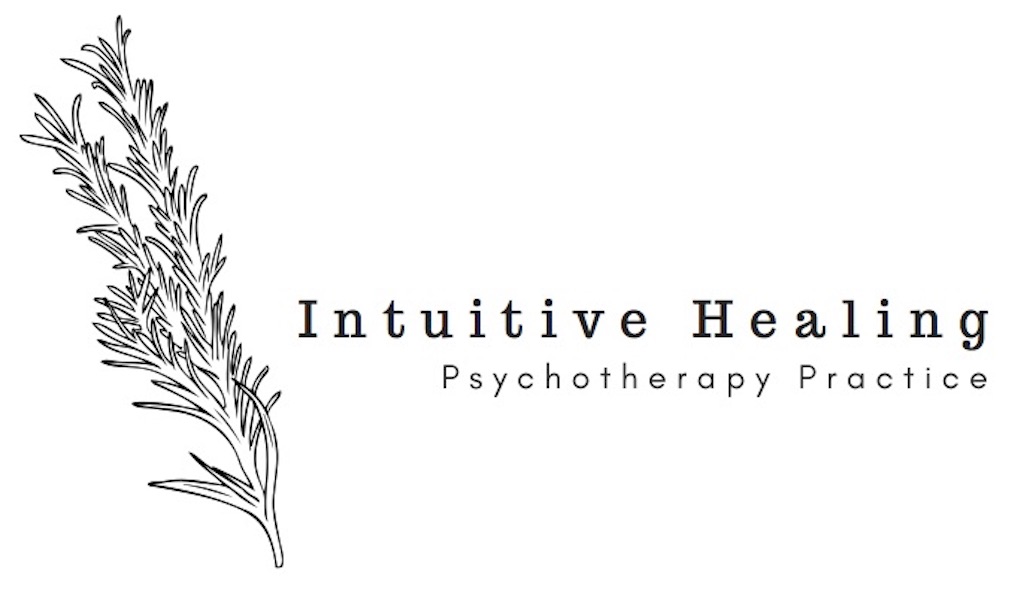How to Begin Bonding with Your Inner Child
Jen Iben
Before you can begin the beautiful journey of bonding with your inner child, you first need to know who your inner child is.
Your inner child refers to the emotional, vulnerable part of you. This is the part that has a “gut feeling” or a physical reaction to something. Your inner child has been learning how the world works and how to interact with it since before you were a conscious being. Your inner adult on the other hand, is the rational, logical side of you. Your inner adult is the part of you that makes decisions and acts upon them.
Why is it important to bond with your inner child?
When your inner child and your inner adult are not bonded, you act in ways that dishonor your emotions and your inner child. Your mind and body are in a constant state of dysregulation as they are working against each other. “When you are disconnected from your feelings, you act in disconnected ways to others, creating further disconnection from them and within yourself.” (Paul, 2012, pg. 13). Making decisions that dishonor yourself can often result in behaviors such as codependency, resentment, passive aggression, irritability, and lonesomeness.
The process of getting to know your inner child again can be long and you may not know where to even begin. Here are some steps to get you started:
When you are feeling triggered or have that uneasy feeling in your body, try and bring awareness to the emotions that you’re experiencing and where in your body they are occurring. Our inner child connects with us through our body and we must learn to listen. To notice your feelings is the first step in understanding your feelings.
Once you start recognizing your emotions and how that feels in your body, try approaching these emotions with curiosity. Something transformative happens when you start validating your own emotions and coming at them with curiosity rather than feelings of shame. Another important aspect to this step is being okay with feeling discomfort and pain. When our inner child is wounded or triggered, our inner adult is often quick to distract us to protect our inner child. This behavior was often helpful in our childhood or during times where there may have been constant activation in our bodies due to trauma, but it is likely these protective measures are no longer serving us. We must be okay with feeling our feelings.
Next, I invite you to try having a conversation with your inner child. This may feel unnatural at first, but try speaking to yourself as if you’re speaking to a child who’s hurt. Some questions/statements to get you started:
“What are you feeling?”
“It's okay to feel __(insert emotion)__ right now. I will love you no matter what.”
“Does this feeling remind you of something that happened in your past?”
“How can I help you with these feelings?”
Now that you’ve taken time to feel your feelings and understand what they’re bringing up for you, you can take action that will honor both your inner child and your inner adult. Doing this allows you to make decisions with love towards yourself and others instead of with the ego.
An activity to try: Grab an empty notebook or journal and decorate however you want. Listen to your inner child and grab markers, glitter, stickers, anything that speaks to you. This journal will be your physical guide to understanding your feelings if speaking to yourself in the moment is hard at first. Write down all the steps and follow along the next time you feel lonely, unsettled, angry, resentful, irritable, sad, etc.
A book to read: Inner Bonding by Margaret Paul
References
Paul, M. (2012). Inner Bonding: Becoming a loving adult to your inner child. HarperOne.
